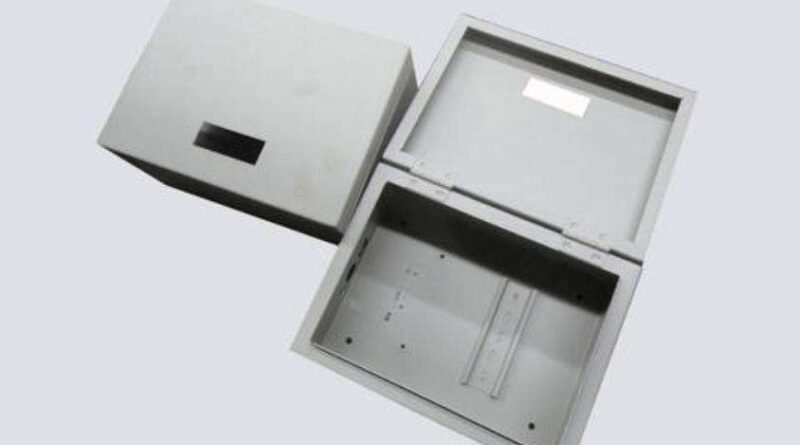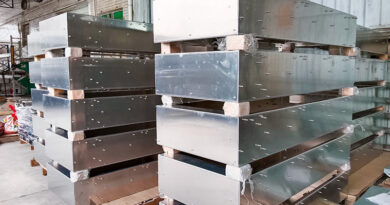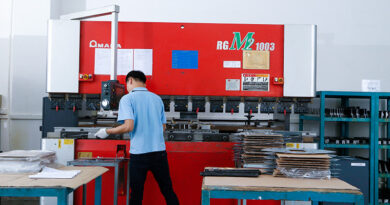Analysis and Improvement of 17 Common Quality Defects of Stamping Parts
Based on years of experience in sheet metal stamping manufacturing, as well as the positive interaction with the majority of customers, Minzim Hardware has summarized 17 common quality defects of stamping parts, and made a cause analysis and improvement countermeasures one by one. Here, we also welcome more professionals and customers to communicate with us in order to provide better quality products and even further improve the level of the whole industry.
- Stamping scrap
1) Reason
- Inferior quality of raw materials;
- Improper installation, adjustment and use of stamping die;
- Failure of the operator to feed the strips correctly along the positioning or to ensure that the strips are fed according to a certain gap;
- Change in the clearance of stamping die due to long-term use or wear of its own working parts and guiding parts;
- Stamping die is subjected to shock vibration for too long and the fastening parts are loosening, so that the relative change of each mounting position of the die occurs.
- Negligence of the operator, not according to the operating procedures.
2) Countermeasures
- Raw material must be in line with the specified technical conditions (strictly check the specifications and grades of raw materials, and carry out laboratory inspection on workpieces with high dimensional accuracy and surface quality requirements when available);
- SOP in the process regulations should be fully complied with;
- Stamping machines and dies used shall be guaranteed to work in normal working condition;
- Establishing a strict inspection system during the production process, the first part of stamping parts must be fully inspected and put into mass production only after passing the inspection, while strengthening the inspection and dealing with accidents in time when occur.
- Adhering to the civilized production system, such as the transfer of workpieces and blanks must be done with suitable station apparatus, otherwise the surface of the workpieces will be crushed and bruised.
- During the stamping process, the cleanliness of the die cavity must be ensured, and the workplace must be organized in an orderly manner, and the workpieces after processing must be placed neatly.
- Burrs on blanking parts
1) Reason
- Punching gap is too large, too small or uneven;
- Cutting edge of the working part of stamping die becomes blunt;
- Then centerline of the convex die and concave die changes due to long-term vibration impact, and the axes do not coincide, resulting in a one-sided burr;
2) Countermeasures
- Ensure the machining accuracy and assembly quality of the convex and concave dies, ensure the verticality of convex die and withstand lateral pressure, and the entire stamping die should be sufficiently rigid;
- Make sure that the correct clearance of the convex and concave dies is ensured and that the convex and concave dies are firmly installed on the die fixing plate when installing, and the ends of the upper and lower dies are kept parallel to the working table of the press;
- The stamping machine is required to have good rigidity, small elastic deformation, high accuracy of the track, and parallelism of the pad and slider;
- Requiring stamping machine to have sufficient punching force;
- The height of the allowable burr in the sheared section of the punching part:
Punching plate thickness >0.3>0.3-0.5>0.5-1.0>1.0-1.5>1.5-2.0
Burr height of new die testing ≤ 0.015 ≤ 0.02 ≤ 0.03 ≤ 0.04 ≤ 0.05
Allowable burr height in mass production ≤0.05≤0.08≤0.10≤0.13≤0.15.
- Warping deformation of punching parts
1) Reason
- There are gaps where the acting and reactive forces are not in a line to produce torque (When the gap between the convex and concave die is too large and the edge of the concave die has an inverse taper, or the contact area between the ejector and the workpieces is too small to produce warping deformation);
2) Countermeasures
- Punching clearance should be selected reasonably;
- The blank holder (or retainer plate) should be added to the mold, and the metal plate is in contact with blank holder with a certain pressure;
- Check the edge of concave die if there is an inverse taper, then the edge must be trimmed properly;
- If uneven shearing force increases pressing force, due to complex shape of the blanking parts and more internal holes, then press the strip before punching or use a high precision stamping machine;
- The metal plate should be leveled before punching, and if warping deformation still cannot be eliminated, the workpiece can be leveled again after punching through the leveling die;
- Regularly remove the dirts in the die cavity, lubricate the surface of thin metal sheet and provide oil venting holes in the die structure.




